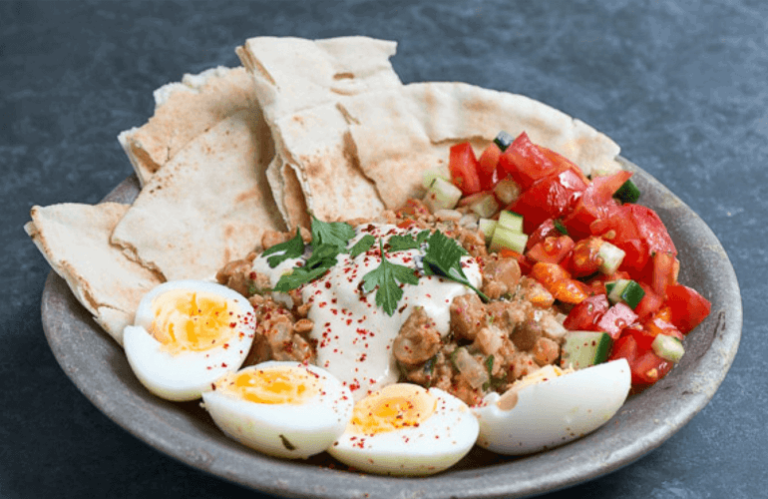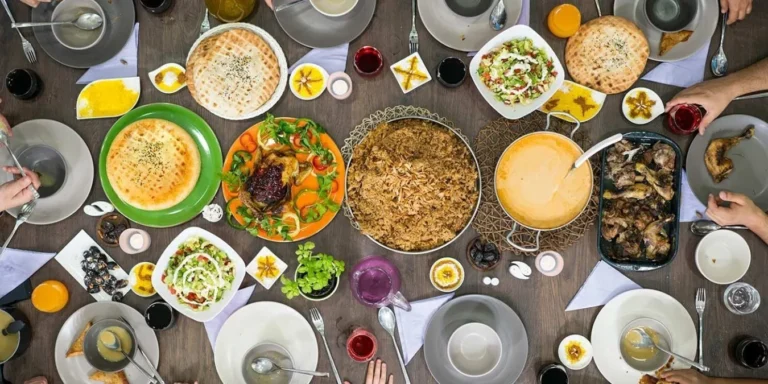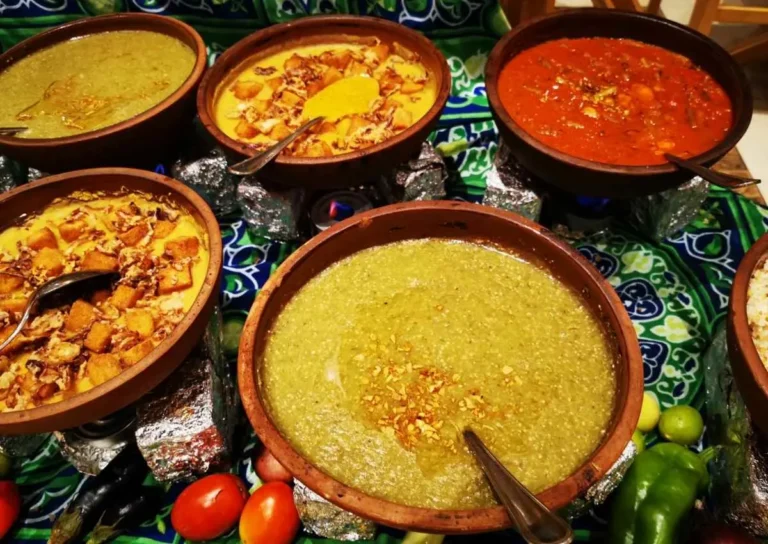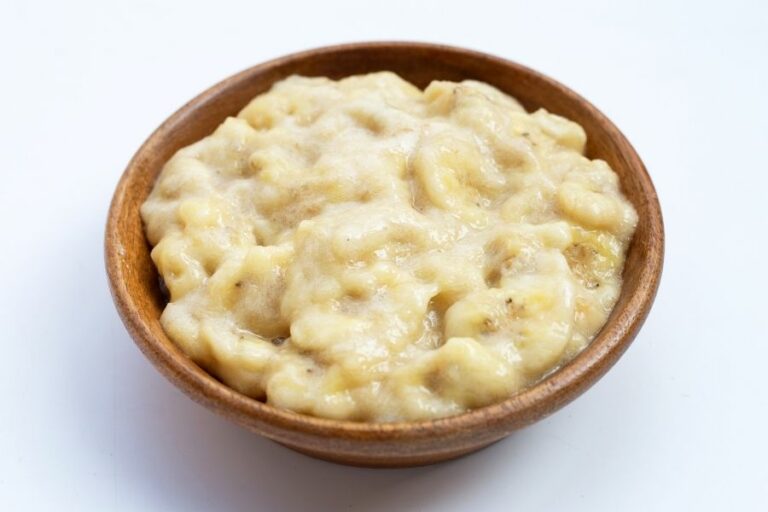Introduction: Exploring Egyptian Cuisine
Egypt’s culinary heritage is a testament to its rich history, diverse culture, and geographical location. Egyptian cuisine, like its people, is a melting pot of various influences, including Arab, Mediterranean, and African cuisines. With a wide variety of ingredients, spices, and cooking techniques, Egyptian cuisine boasts of a unique taste and flavor that has fascinated travelers, food enthusiasts, and historians alike.
A Look at Egypt’s Culinary History
Egypt’s culinary history dates back to ancient times, where food played a significant role in the Pharaonic era. The ancient Egyptians’ diet consisted mainly of bread, beer, vegetables, and fruits, while the wealthy enjoyed meat, fish, and wine. The influence of foreign cultures, such as the Greek, Roman, and Ottoman empires, contributed to the development of Egyptian cuisine. Today, Egyptian cuisine has evolved and adapted to modern times while preserving its traditional roots and heritage.
Common Ingredients in Egyptian Dishes
Egyptian cuisine uses a wide variety of ingredients that are readily available in the region, including grains, vegetables, legumes, meat, and fish. Common spices used in Egyptian dishes include cumin, coriander, garlic, and parsley, while ingredients such as fava beans, lentils, and chickpeas feature prominently in vegetarian dishes. Egyptians also use herbs like mint and dill to add flavor to their dishes.
Regional Variations in Egyptian Cuisine
Egyptian cuisine varies from one region to another, with each area having its unique flavors and ingredients. For example, the cuisine of Alexandria, located on the Mediterranean coast, features seafood dishes such as grilled fish and shrimp. In Upper Egypt, dishes like kushari and fuul are popular, while in the Nile Delta, fish dishes like sayadeya and molokhia are common.
Traditional Egyptian Dishes to Try
Egyptian cuisine boasts of a wide variety of dishes that cater to different tastes and preferences. Some of the traditional dishes include koshari, a vegetarian dish made of rice, lentils, and macaroni, and ful medames, a stew-like dish made of fava beans and spices. Other popular dishes include molokhia, a soup made of jute leaves and chicken or rabbit meat, and mahshi, or stuffed vegetables filled with rice and meat.
Is There a Signature Dish in Egyptian Cuisine?
Egyptian cuisine has many iconic dishes that represent the country’s culinary heritage, but there is no single dish that can be considered the signature dish of Egypt. Instead, Egyptian cuisine is characterized by a vast array of dishes, each with its unique taste and flavor, reflecting the diversity of the country’s food culture.
The Contenders for Egypt’s Signature Dish
Some dishes that could be considered contenders for the title of Egypt’s signature dish include koshari, ful medames, molokhia, and mahshi. However, with the variety of dishes available in Egyptian cuisine, it’s challenging to choose a single dish that represents the country’s food culture.
Conclusion: Celebrating Egypt’s Rich Culinary Heritage
Egyptian cuisine is a testament to the country’s rich history, culture, and diverse influences. With a wide variety of dishes, spices, and ingredients, Egyptian cuisine offers food enthusiasts a unique taste and flavor that reflects the country’s food culture. Whether you’re trying koshari, ful medames, or molokhia, each dish represents a piece of Egypt’s culinary heritage that deserves to be celebrated and enjoyed.




